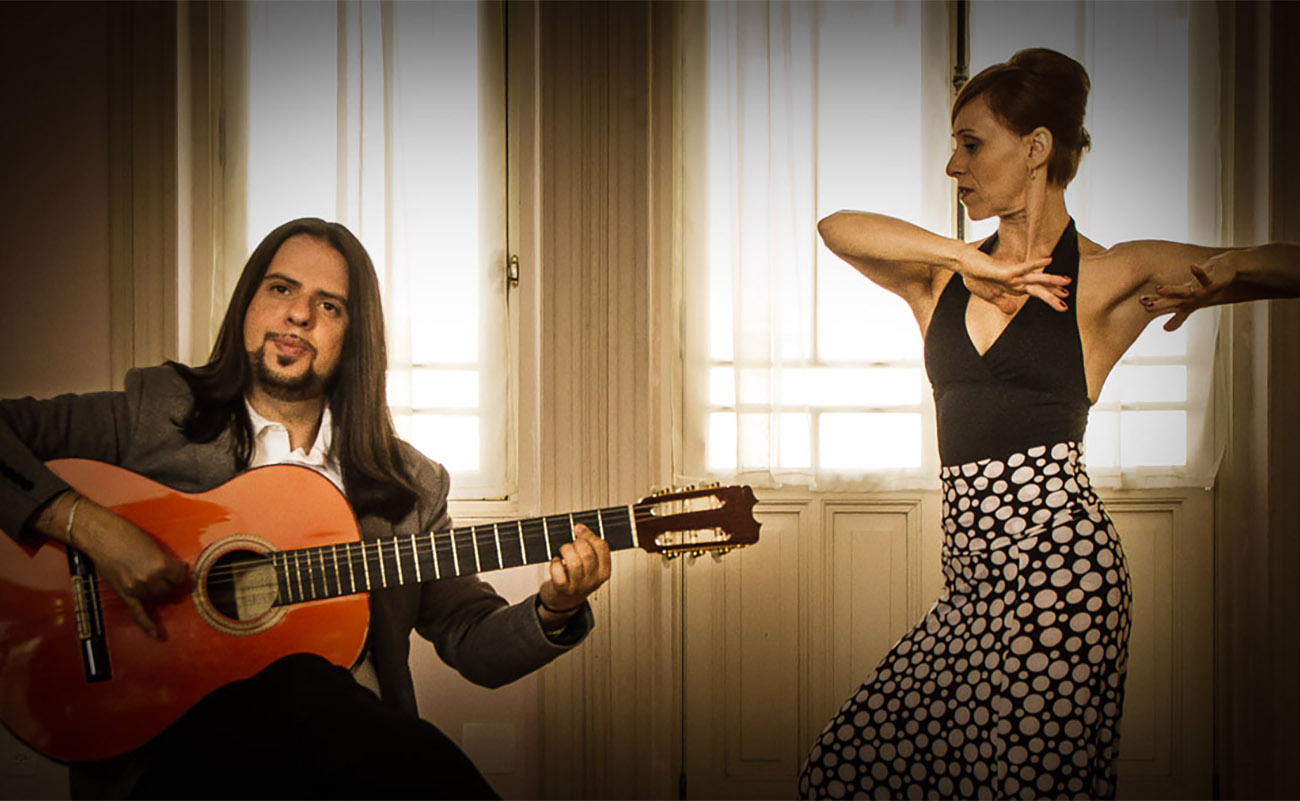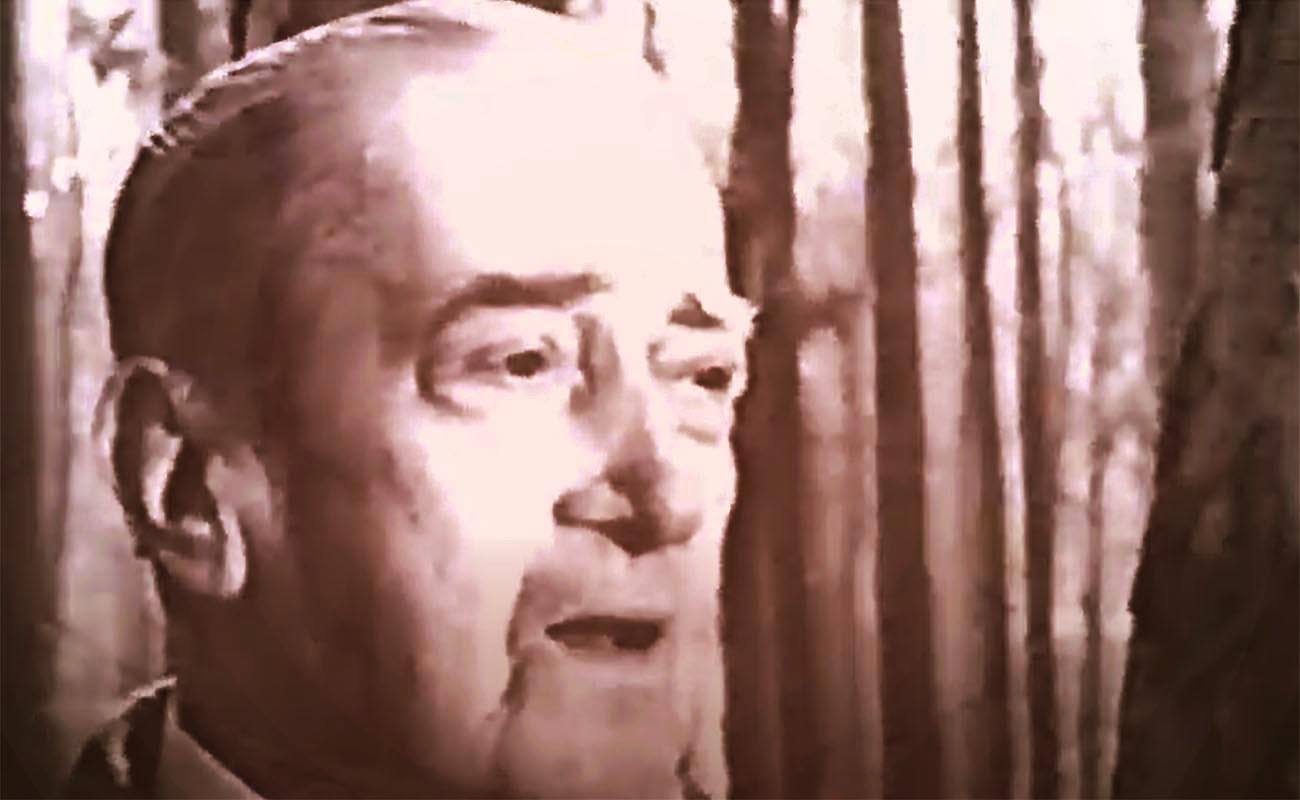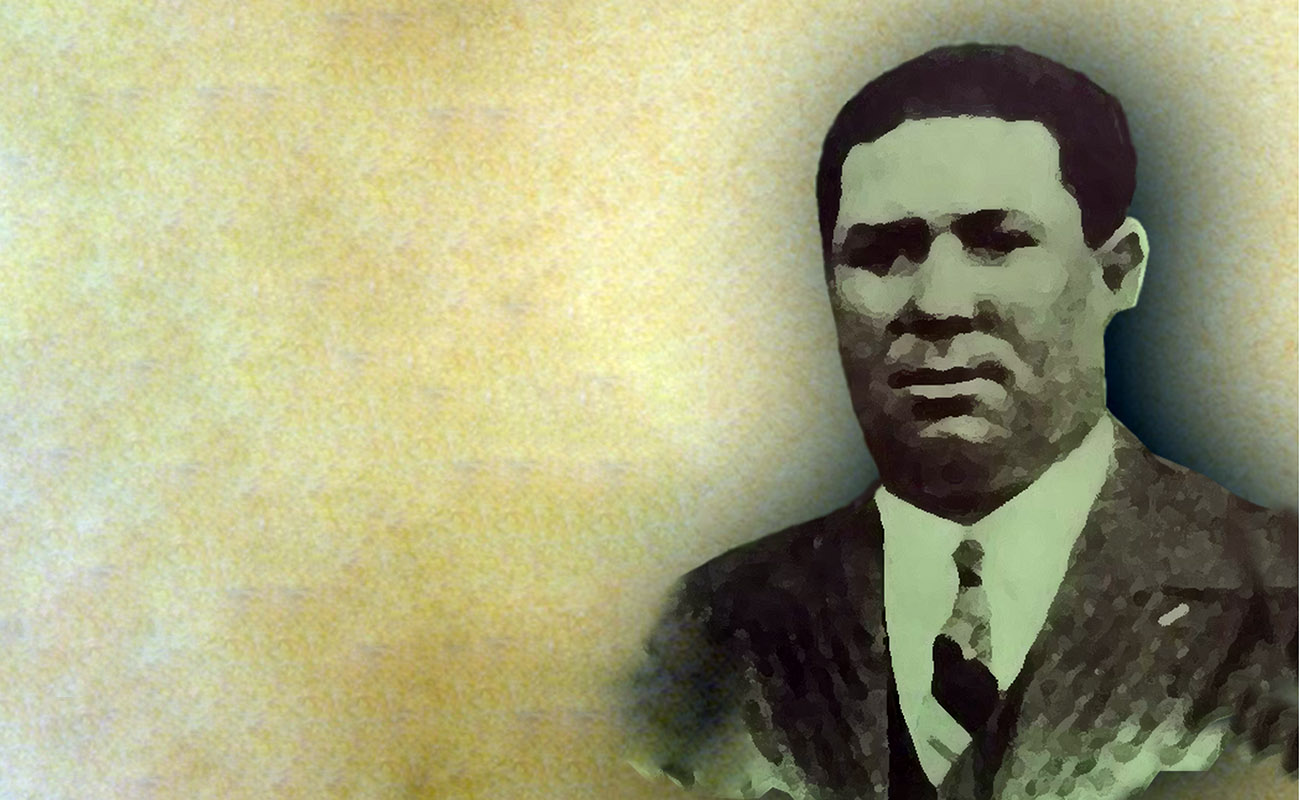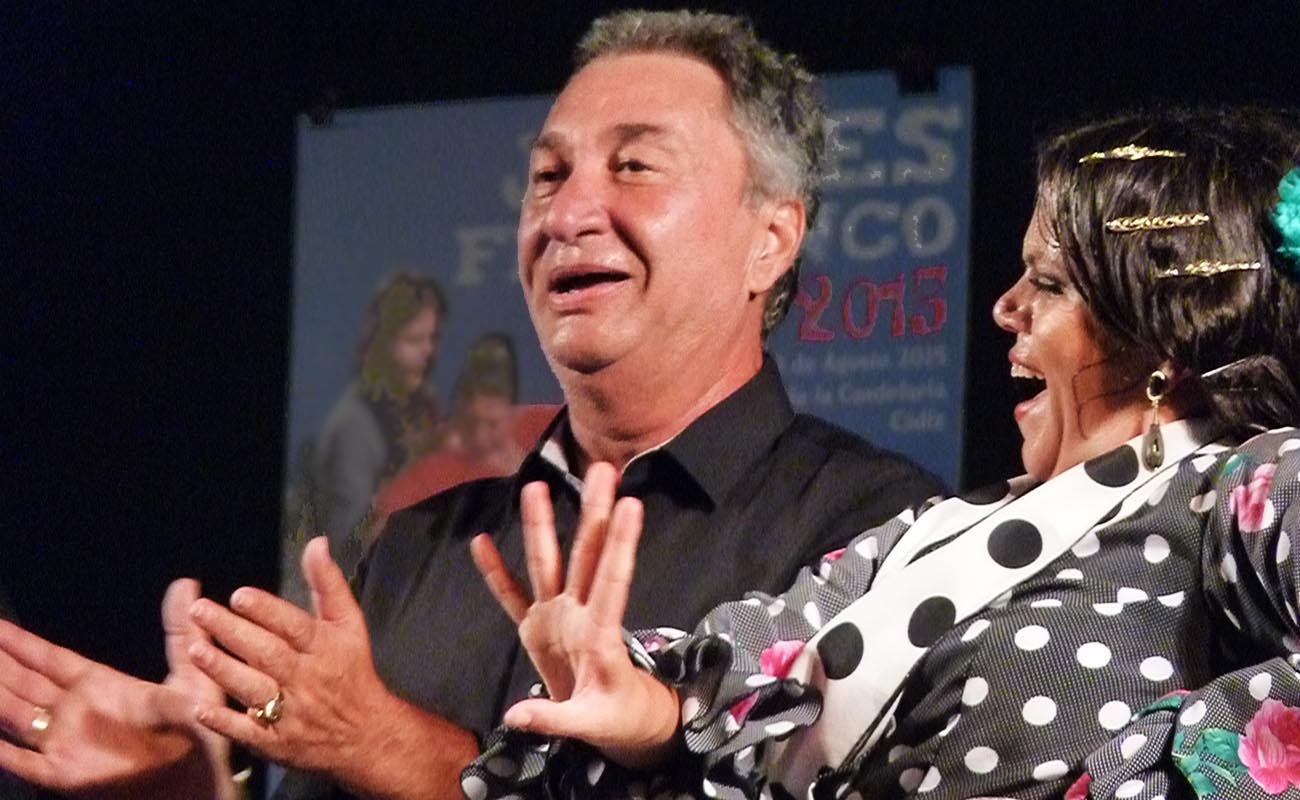‘Quintaesencia’: a flamenco album with a Brazilian accent
Brazilian guitarist and cantaor Flavio Rodrigues presented his second album 'Quintaesencia', proving once again that flamenco, designated Intangible Cultural Heritage by UNESCO, has no borders

Can you imagine listening to a soleá on a beach near São Paulo, Brazil? It’s hard to image, but perhaps you’ve crossed paths with someone like Flavio Rodrigues (born in São Paulo, Brazil, in 1979), who has showcased his talent in more than forty different countries in all five continents. He has performed with great flamenco stars such as Miguel Poveda, Pepe Habichuela, Antonio Canales and Farruco, and with other legends such as Paco de Lucía, Mark Knopfler, Deep Purple and Eric Clapton.
María Isabel Rodríguez Palop, a journalist from Extremadura who has been writing reviews and doing interviews for over a decade in her region, and interviewed by our colleague Quico Pérez-Ventana for Expoflamenco on occasion of the release of her book Flamenco para Dummies — edited by Grupo Planeta —, reveals for us in Infoprovincia.net this Brazilian talent who is releasing his second studio album, Quintaesencia.
«In alchemy, quintaescencia (“quintessence”) is the most essential particle, the maximum expression of something. That’s why I wanted to give this title to my album. I wanted to express what I understand to be flamenco’s essential particle, with essential and very representative styles: tarantas, tonás, fandangos, cantiñas, soleás, cañas, seguiriyas, etc. A selection of essential palos, branches of what we understand as flamenco. I’ve tried to [make this album] from this concept», expressed the artist to Palop Flamenco in infoprovincia.net.
«Flamenco is quite popular in Brazil. This is mainly because of baile, like it also happens in Spain. Theaters get full whenever baile is featured! » (Flavio Rodrigues)
The album features nine tracks, including bulerías de Jerez, tangos extremeños, cantiñas, soleás, fandangos naturales and much more. Besides, artists such as Duquende, Jorge Pardo, Diego Amador, Antonio Serrano, Guadiana, Eva Durán, Diego del Morao, Tony Maya, María Carmona, Jesús Méndez, David Lagos, María la Coneja, David Moreira, Concha Jareño, Miguel Soto Londro, Manuel Reyes, Pedro Obregón, Antonio Ramos Maca, Roberto Lorente, Mayte Maya, Antón Suárez, Blanca López, Antonio Maya El Salvaje and Carmina Cortés have collaborated with the Brazilian artist in this album. Quite a list!
Flavio Rodrigues makes a monumental summary of his twenty-five years in flamenco, many of them lived in Spain, because he has been living in Madrid since 1998. This artist has been awarded the prizes of the Festival de Música de Madrid and 100 Latinos. This is his second album, after Anyway, released in 2009.
«Cante flamenco. The quintessence of flamenco is cante. I cannot comprehend flamenco without cante. That’s why it features so prominently in this album», explained this artist in the Flamenco Palop interview, when asked what is flamenco’s quintessence, in his opinion.
«Flamenco is quite popular in Brazil. This is mainly because of baile, as it also happens in Spain. Theaters get full whenever baile is featured! There are many [flamenco] academies and also many Brazilian artists live in Spain, undertaking and important work in behalf of flamenco in my country, without any support from either country», stated Rodrigues regarding flamenco art in his birthplace.
Tracks of the album ‘Quintaesencia’
- ¡Viva los Jerelez! (Bulerías de Jerez)
- Tangos de Ravi (Tangos Extremeños)
- Reflexión (Taranta) A mi madre
- Trío de ases (Cantiñas) A Camarón, Tomatito y Paco de Lucía
- Alivio (Toná y seguiriyas dobles)
- Señor Marques (Farruca, zapateado y vidalita)
- La Caña de España (La Caña)
- Corazón sincero (Fandangos naturales)
- Quintaesencia (Soleá)
Image of Flavio Rodrigues: official artist website




